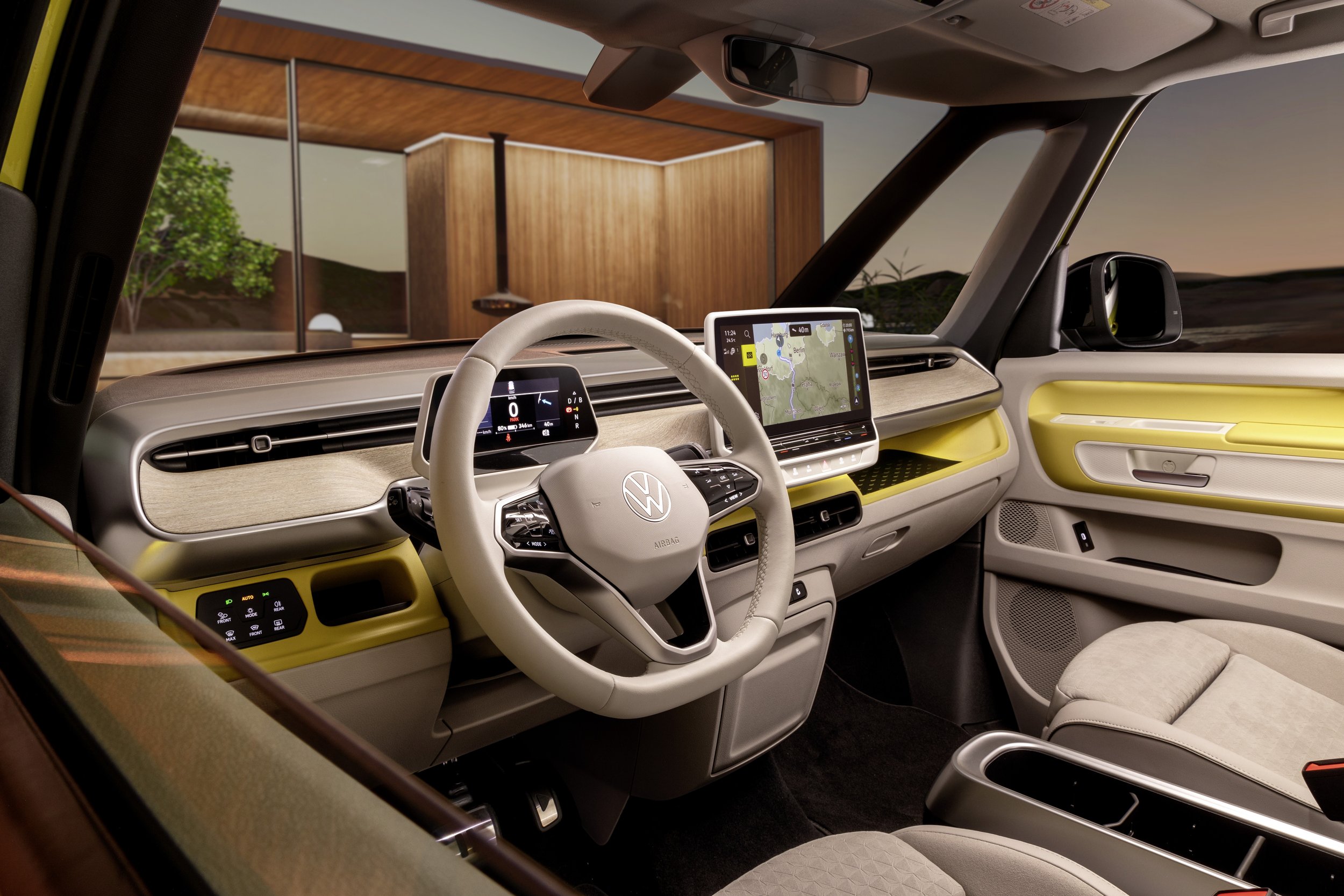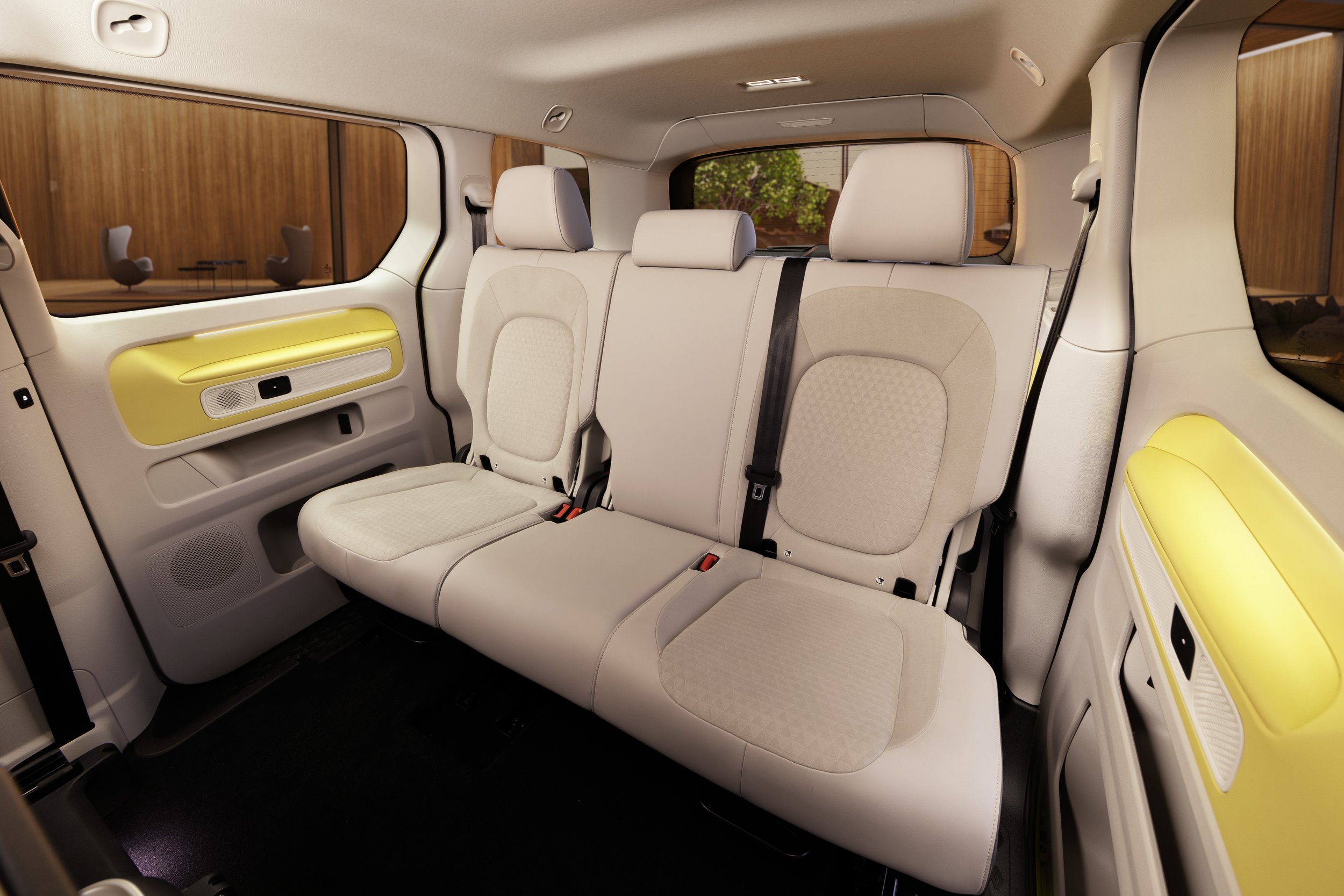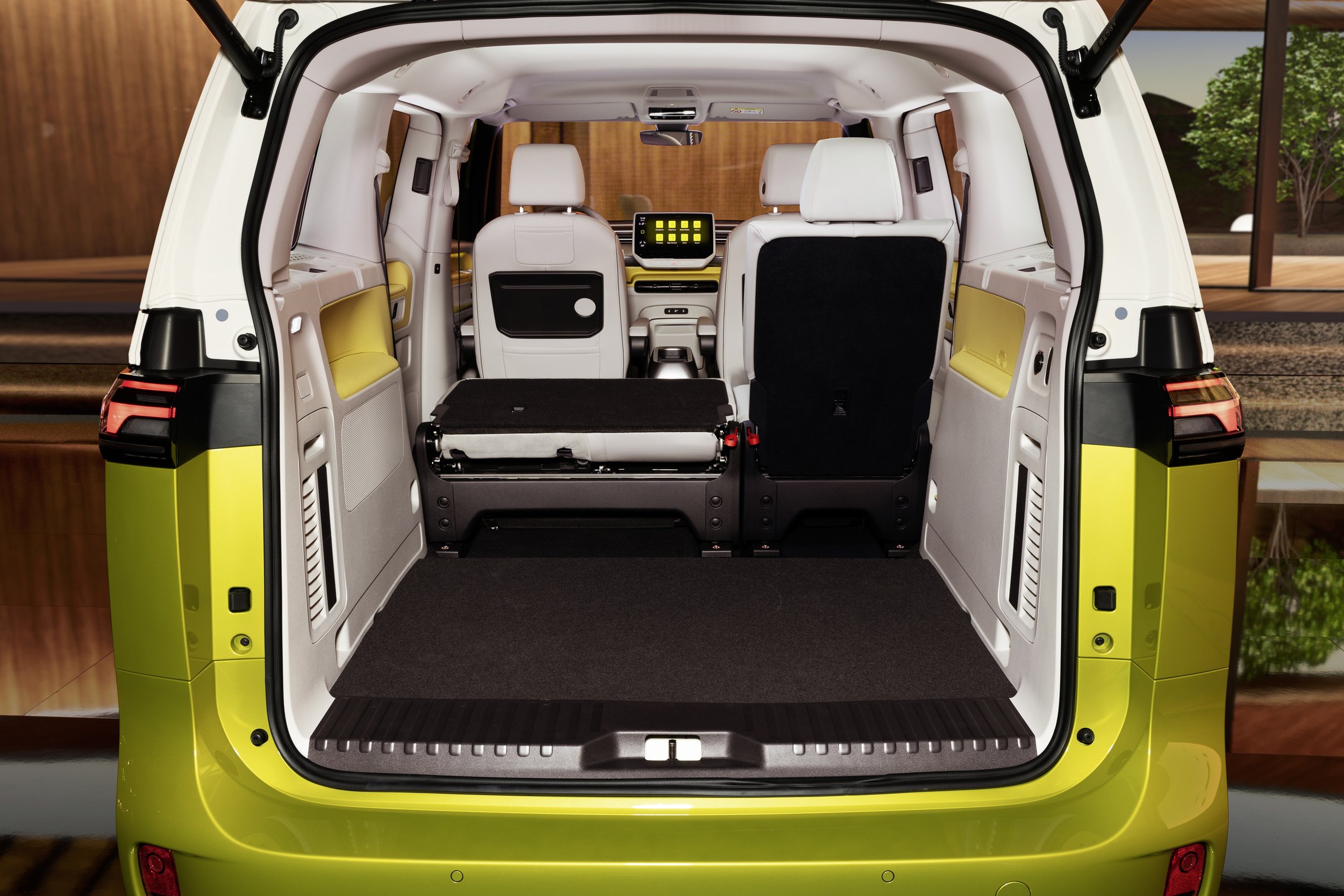Comeback Kombi still the buzz
/After years of teasing, VW releases an electric van that keeps true to the concept homage to a classic. We’ll see it in 2023.
WHILE New Zealand still awaits news about when any of Volkswagen’s ID. passenger models will achieve distributor-channelled availability, the brand has raise the battery-wed type’s status by finally unveiling the one with greatest emotional appeal and strongest sense of history.
It’s the ID.Buzz; ready to properly hit the road for a grand global adventure after five years of teases and set to land locally next year, according to VW NZ’s commercial vehicle division, under whose mantle the Buzz falls through it being a van-based model (they also have responsibility for Amarok).
Based upon the MEB all-electric platform underpinning the preceding ID.4 sports utility VW New Zealand - that’s the passenger car division - has promised to front up with, as soon as supply availability occurs (conceivably, that’s this year, but still …) and ID.3 hatch.
Buzz is a big talk item also because it stays true to the same-named concept in using retro design cues in the same way that the 'New Beetle' did back in 1998, this time to represent as a recreation of the iconic Type 2 Microbus, aka Kombi in Kiwi-speak.
There are two kinds, a camper whose stated aim is to entrench as among the first electric vans marketed specifically with families in mind and a cargo van, ID.Buzz Cargo, in a regular wheelbase initially but with a longer wheelbase version beginning production next year.
“The ID. Buzz isn’t just the next generation of the Kombi - it’s so much more than that,” says Kevin Richards, who runs the national commercial vehicle operation.
“It marks a shift for Volkswagen Commercial Vehicles into the electric era and we’re confident it will also create a lot of love for the brand by bringing back some happy memories.
“So many people have a Kombi story from their past, and it’s always told with a smile and a glint in the eye. To have an icon reimagined like this that fits with the needs of modern mobility, means we’ll be seeing future generations telling their own ID.Buzz stories with the same smile and sentiment, and so the legend will continue,” says Richards.
Production of the ID. Buzz is set to start in the coming months for launch in Europe later this year.
“We’re working very hard with the factory in Europe to get the ID. Buzz into New Zealand next year as soon as possible,” Richards says.
“The only downside to creating such a fantastic ‘buzz’ with this vehicle is that everyone wants one. Demand in Europe is so strong we’ll just need to be a little bit more patient downunder before we see it.”
The first examples will initially roll out with a 152kW electric motor driving the rear wheels, fed by a battery with a usable capacity of 77kWh. VW has not yet shared an official range; most estimates settle on 400-480km. The model has a maximum charging capacity of 170kW, which makes DC charging from five to 80 percent capacity in as little as half an hour theoretically possible.
Bi-directional charging also features, so as well as being able to charge at home, any energy in the car's battery can be fed back to the mains.
The overall silhouette is similar to that of the recently launched T7 van that is releasing here soon in a plug-in hybrid form, but the nose and more compact dimensions set it apart.
At 4712mm long, the ID.Buzz is 261mm shorter than the T7, but the short overhangs and a long wheelbase mean that cabin space is maximised.
Compared to the concept that wowed the world in 2017, the overall shape is boxier, with sharper angles and a taller road stance, but it surely still claims close enough resemblance to win fan favour.
Exterior highlights include slender LED lights front and rear, a large VW badge on the nose and sliding side doors to boost cabin access.
That interior features a conventional five-seat layout, but seven-seat and long wheelbase models are scheduled. The five-seater appears roomy; VW says the rear bench, in addition to being able to fold in a 60:40 split, also slides back and forth.
VW quotes a maximum luggage capacity of 1121 litres in five-seat mode, increasing to 2205 litres with the back seats folded flat into the floor. A large glass area will help to emphasise the roominess.
The driver display and central touchscreen are familiar from VW's other ID models. The driver's Digital Cockpit measures 5.3 inches across, and the touchscreen is 10 inches, while higher-spec cars will come with a 12-inch display.
Online connectivity is standard via We Connect Plus. Wireless smartphone connectivity also features. The bent for modernity and minimalism means it has touch-sensitive climate controls. It’ll configure with up to eight USB-C charging ports.
VW is keen to highlight the ID.Buzz's environmental credentials. Cows are safe as leather isn’t an option on any model. VW’s preference is for synthetic products that offering similar properties. The ArtVelours fabric features 71 percent recycled matter.
VW has also pledged to offset the carbon dioxide produced in the ID.Buzz's manufacture at its plant in Hanover, so the MPV will be 'emissions free' from assembly to delivery to customers.






















